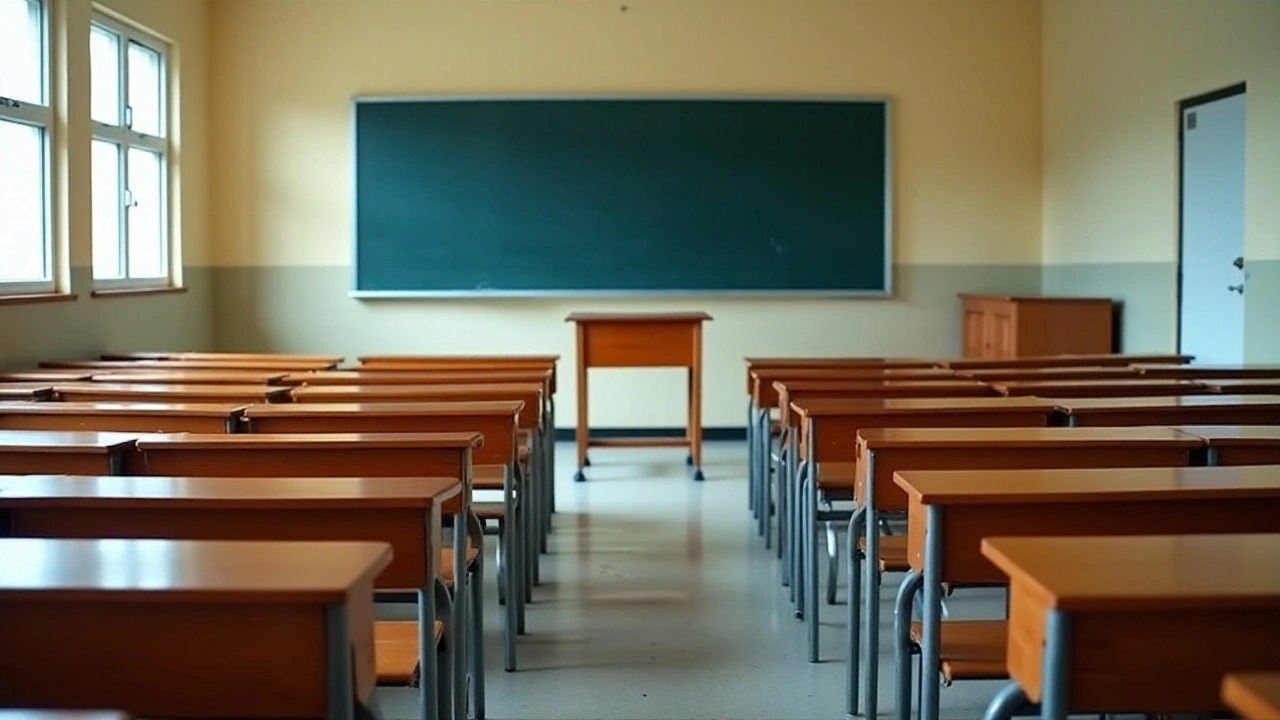Kashmir education crisis: what’s happening and what we can do
Kids in Kashmir face more than exams. Frequent shutdowns, internet cuts, and long school closures have piled learning gaps on top of everyday challenges. That means missed lessons, delayed exams, and students who lose confidence. This piece explains the main problems and gives straightforward steps families, schools, and officials can use right now.
What’s driving the crisis?
There are a few clear causes. First, political unrest and security measures often lead to schools closing for days or weeks. Second, repeated internet shutdowns cut off online lessons and study resources when students need them most. Third, infrastructure gaps—damaged classrooms, poor transport, and inconsistent teacher availability—make regular schooling fragile. Add poverty, which pushes some children into work, and gender gaps that keep many girls out of school, and you have a stacked problem.
The impact shows up quickly. Younger children fall behind on basic reading and math. Older students miss exam prep and lose access to college application info. Mental health suffers too: anxiety, low motivation, and stress rise when schooling is unstable. Long-term, communities risk a generation with weaker skills and fewer job options.
Practical steps families and communities can take
Not all solutions need big budgets. Parents and neighbors can form small learning circles—two or three kids meeting regularly with a volunteer tutor. These groups keep routines and help children practice reading, writing, and math. If the internet is off, print simple worksheets or use textbooks to structure lessons. Local radio or community loudspeakers can share short lessons when other channels fail.
Teachers can prepare low-tech packets that students can use during closures: clear daily tasks, revision notes, and simple assessments parents can follow. Schools should keep an updated list of learners so outreach teams can check on kids most at risk of dropping out. Mobile libraries or book-sharing points bring materials to places where transport is a problem.
For older students, peer study groups and phone-based mentoring work well. If data access exists on a limited basis, teachers can send compressed audio lessons or short text summaries that students can download quickly. Local NGOs and youth clubs can run catch-up classes on weekends to rebuild lost ground.
Policymakers need to treat schooling as essential. That means protecting school days during unrest, limiting internet restrictions when they harm education, and funding teacher training focused on flexible teaching during disruptions. Scholarships and conditional cash support can keep vulnerable kids in class.
Are there quick wins? Yes. Start local: set up a weekly study group, ask a nearby teacher for a short syllabus for holidays, and push schools to issue paper-based work packs before any planned closure. Small, steady actions help students keep learning even when the system stumbles.
If you’re a parent, teacher, or neighbor, pick one practical step from this list and try it this week. Keeping kids learning doesn’t wait for perfect solutions—small, consistent efforts add up fast.
On Wednesday, the Land Donors Association locked up 14 schools in Central Kashmir's Ganderbal. They are demanding jobs or compensation for the land they donated, disrupting education for thousands of students. This reflects years of unaddressed grievances and mounting frustration among the donors.
Continue reading...





